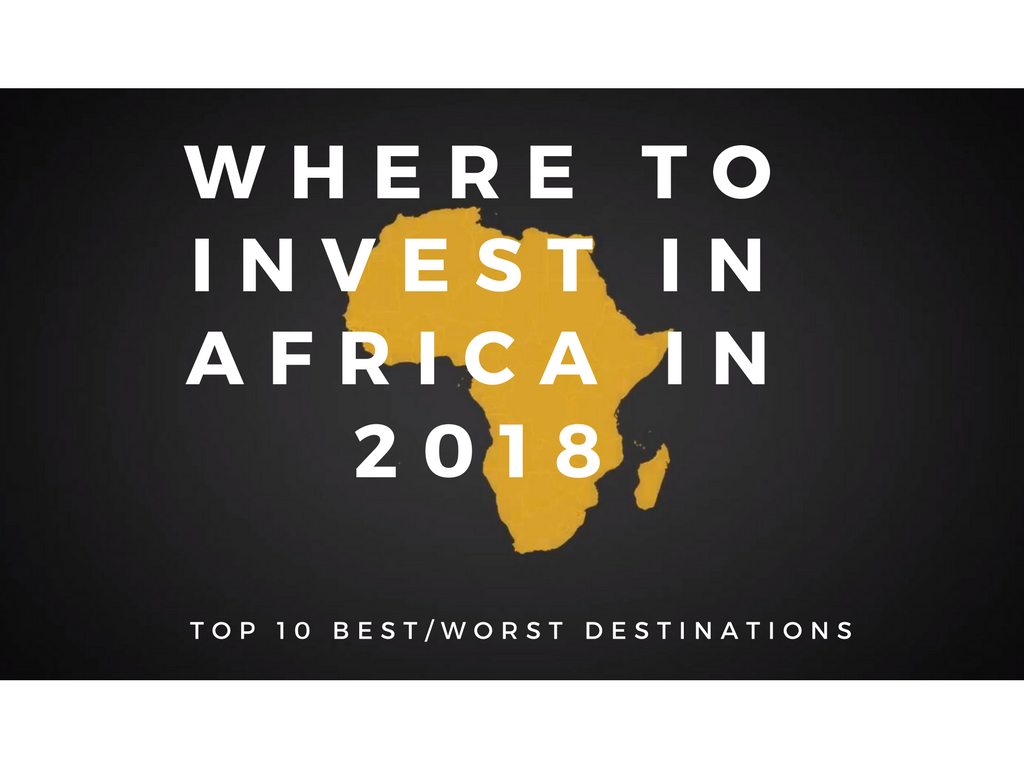Kenya has invited tenders for the improvement of the current pipeline that links Mombasa’s onshore storage tanks to the ship loading facility in the Indian Ocean. The upgrade will facilitate the exportation of crude oil.
Kenya Pipeline Company (KPC) invited tenders in a notice in Wednesday for the upgrade of the pipeline where a heating component needs to be incorporated to promote the flow of the waxy Turkana oil to ships when exportation begins later this year. The company will also improve the storage facilities at Changamwe.
The crude oil will be transported from the Turkana wells by trucks to the port of Mombasa for storage and onward shipment to refiners in overseas markets. Uganda will also begin exporting crude oil through the Kenyan port later this year.
“The anti-corrosion coating in the pipeline will be replaced with one suitable for higher temperature operations and the pipeline will also be insulated to minimise heat loss to the ground,” KPC managing director Joe Sang said in an interview. Sang also said the improved pipeline will move Uganda’s crude oil since it is also waxy.
The 18-inch pipeline that is going to be upgraded runs 4.5 kilometres between the defunct Changamwe refinery that shut down in 2013 and Kipevu oil jetty which is Kenya’s main docking facility for oil tanker on the Indian Ocean.
The Kenya Petroleum Refineries Limited (KPRL) was converted into a storage establishment and leased out to KPC.
KPC plans to utilise some of the tanks at Kipevu to store crude export oil from the Lokichar oil fields in Turkana County while other depots will be used for storing imported refined petroleum.
Kenya plans to export early oil of up to 2,000 barrels per day which will be transported to Mombasa by road. John Munyes, Petroleum secretary said the pilot scheme will begin at the end of May 2018.
“Crude oil truck unloading and measurement facilities will be installed; there will be [the] installation of steam heating coils inside crude oil tanks to heat up crude oil. Steam boilers will also be installed to supply the heat to keep the waxy crude oil fluid,” Sang said.
The Initial Plan
Initially, Kenya had not planned to improve the pipeline. Rather, the plan was to blend Turkana’s small-scale oil with the thousands of barrels that were left in the refinery tanks after Changamwe was closed in 2013. The blending plan was unsuccessful when oil exportation failed to happen in July. The delay was because the Petroleum Bill was being enacted.
The 400,000 barrels that were to be blended with the Turkana oil were exported separately in 2017.
“The residual crude oil and other hydrocarbon stocks were exported in August 2017 and the revenues generated were allocated across the oil marketing companies,” KPC said.
The refinery pipeline had been upgraded earlier to move crude oil in reverse from storage tanks to ships. Additionally, the pipeline was earlier designed to transport crude oil from ships but the plan for the upgrade worth $1.2 billion was let go. As a result, the refinery closed down.
Early oil export will be followed by commercial production and exports once the pipeline is complete in 2021.
RELATED; Tullow Oil Announces 2017’s 3rd Oil Discovery in Northern Kenya




